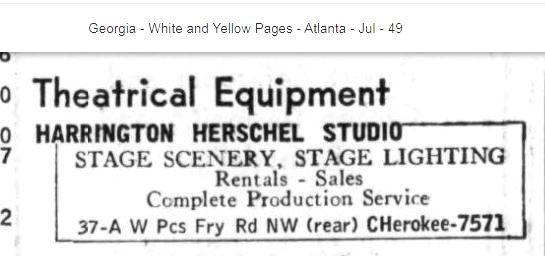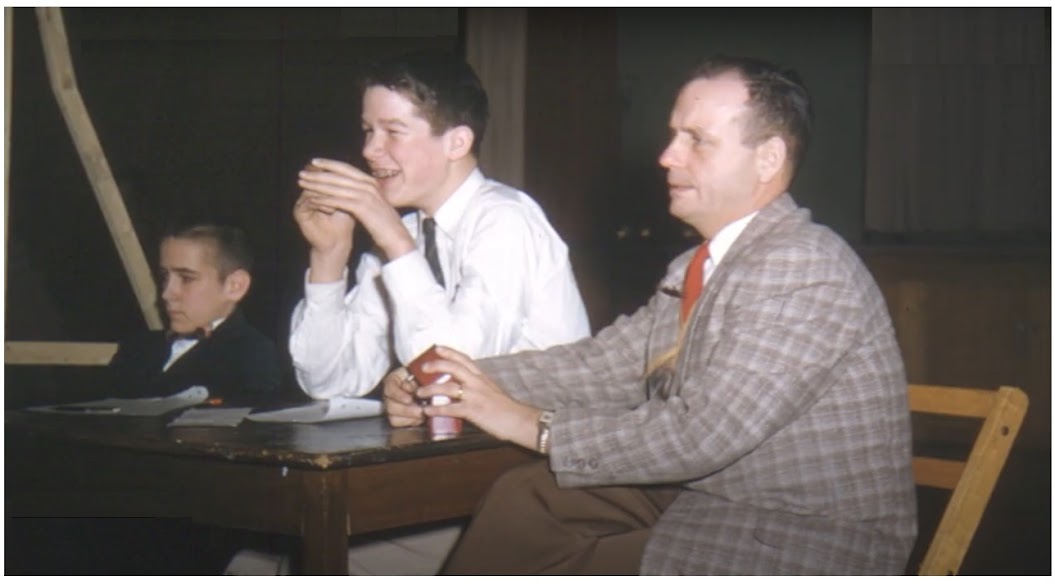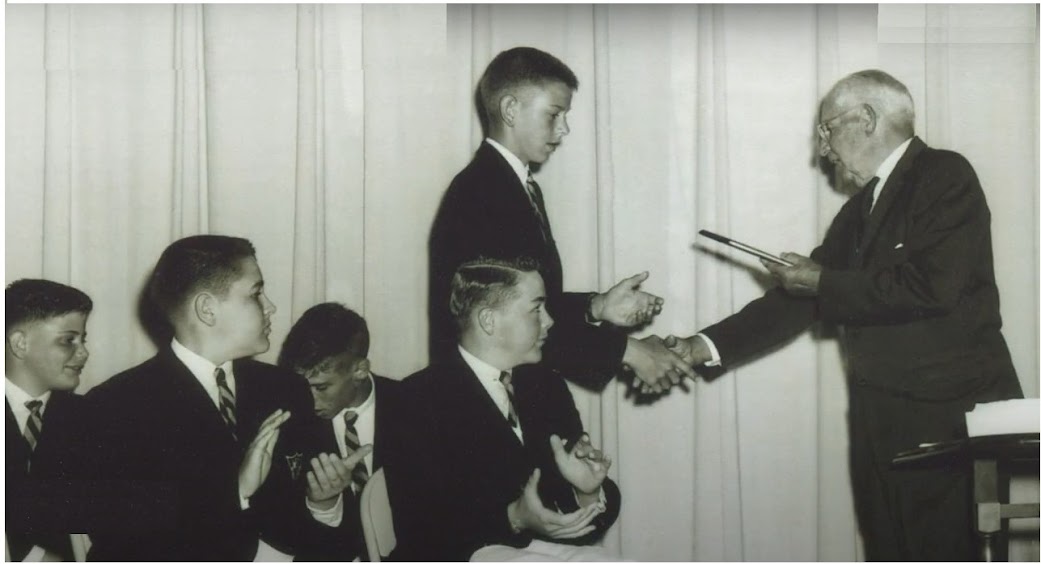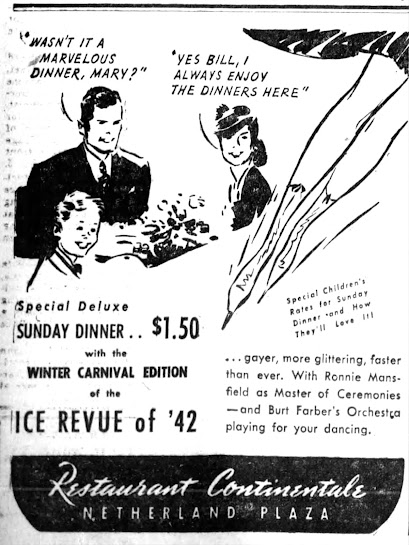Saturday, March 8, 2025
According to Garry, "a strange man" sent him this email.
SNELVILLE PLAYERS Wants you! To design lights for this 1968 B'way musical comedy----
Sunday, March 9, 2025
EXCERPT FROM REVIEW -- SNELVILLE
...But the real star of the evening in this fantastic production is the lighting by our neighbor Garry Motter, who came out of lighting retirement especially for "Kaplan." Not since Mr. Motter lit "The River Neeger" for Chris Manos (pronounced MAIN-us) thirty-seven years ago have we seen such virtuoso manipulation of the backstage control levers. And the colors used! His colors are every bit as good as those used on the Tonight Show-- and that's about the best in the business. Students at Stone Mountain Junior College were fascinated to watch him conduct the lighting focus session, for which he wore a special cone. Mr. Motter is certain to capture the Snellville"Snelly" award come this spring.
Monday, March 10, 2025
Garry Motter, lighting designer for Snelville Players' "Kaplan" is credited with making that show a hit. Besides his award-winning lighting, that is.
Previously, Snelville shows have run three performances to poultry crowds. "Kaplan" is in its 32nd week and is now playing eight times weekly to capacity audiences.
He came up with the idea to have a loud gunshot heard through the theatre just before the houselights come up for intermission. This frightens the audience of course, and when the lights do come up they find a lifelike, full-size effigy of a well-known civil rights leader, hanging from a you-know-what right in front of the stage!
To find out more, purchase a ticket! Below, Motter relaxing at home after a performance.
Sunday, March 11, 2025
TONY AWARD FOR SNELVILLE
Except for a cone he wears at a jaunty angle, you couldn't tell Garry Motter from any of the other fine, upstanding citizens you might meet on the main streets of Snelville. But today perhaps his cone stands a trifle prouder because he has won a Tony Award for his lighting and special dead man effects in "Kaplan."
"It's unheard of," said Mary Kuntzell of the New York Times, "for a play not running on Broadway in New York to win a Tony. But when Dick Coxx of the Shuberts saw the production, he paid out of his own pocket for all 327 Tomy voters to take the bus down and see the production. The vote was unanimous."
"One aspect that sets this show apart from all others," said Coxx, "are the colors. Motter had saved rolls of color from fifty years ago when he was still actively designing lights for such shows as 'The River Neegar.' When political correctness came in," explained Coxx, "these colors went out. For example, no one on Broadway has dared to use 'Chocolate' for decades. Motter pours it on like syrup for the intermission surprise."
"Experts from around the country gathered at a recent symposium where Motter, who is very shy and retiring, described the primary colors he is using in the musical. "That there is what we call 'red,' that un's 'blue' and the t'other's 'green.' Combine them and you get white. This un here, well I call it Bastard Amber and this un, Follies Pink. Thems are my main colors."
"So long as you has them there uncorrected colors, why a smart dog could light any show," said Motter, adjusting his cone for the photographers.
Friday March 14, 2025
SNELVILLE SNIPPETS
Train Service reinstated.
Direct passenger train service from Snelville to New York City and Boston was reinstated yesterday for the first time since it was discontinued in 1955. Amtrack now provides six express Pullman trains, three each direction, daily including weekends. "We had to do it," said Amtrack president Bill Train. "The demand was terrific and all because of your little theatre program." He warned the public to book early because of the tremendous demand. Receipts from this new stop are expected to erase Amtrack's operating deficit.
Cones Downtown.
Tourists coming to Snelville hoping to catch a glimpse of G. Motter in his Cone may be disappointed. As of last count, six hundred and twenty-eight of Snelville's leading male citizens have taken to wearing cones as "the newest trend."
No more incompetence.
Snelville McDonald's manager Katie Jorgan announced today that due to the huge after-theatre crush, they would no longer be hiring incompetent employees. "If you can't take seventy orders a minute, you're out!" she laughed. The town's three other fast food chains have followed suit and yesterday a huge group of low-life incompetents were spotted leaving the city limits as fast as possible, with the assistance of the sheriff's department.
Friday March 14, 2025 DATE


.jpg)
.jpg)








































































